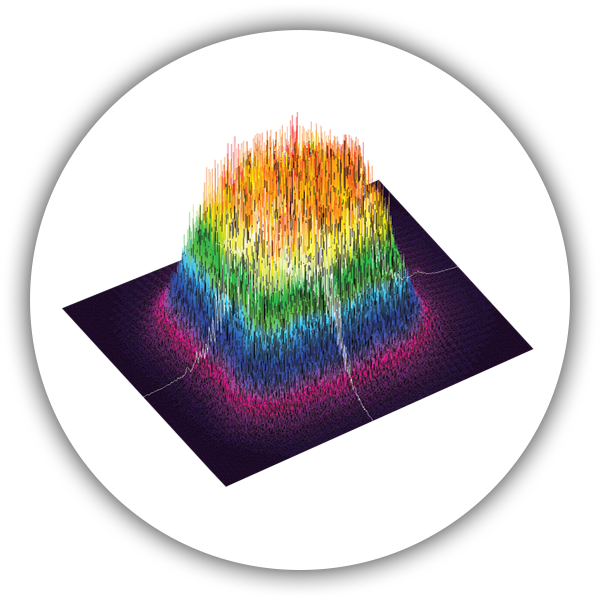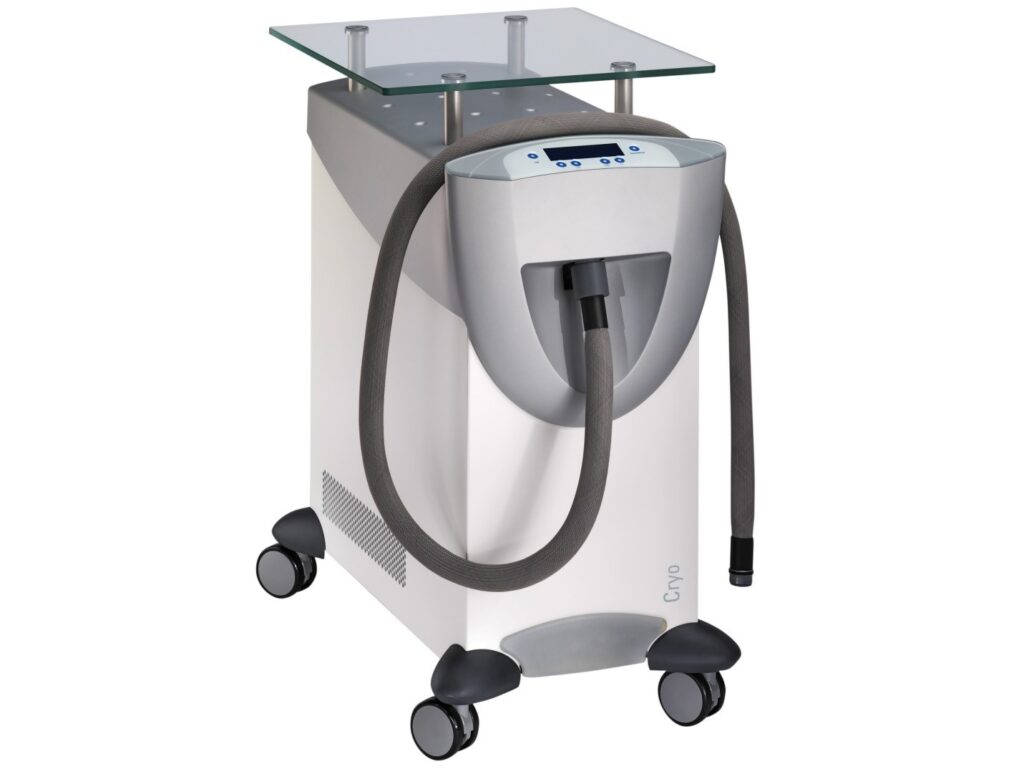Is laser tattoo removal dangerous? This is a question many of my clients have when considering the removal of tattoos they’ve outgrown. In a world that values personal expression, I’ve always loved tattoos. However, life evolves, and so do our preferences. I’ve created this post to shed some light on the safety aspects of this procedure. Join me on this journey of exploration as we dive deep into this important question.
Understanding the Process of Tattoo Removal

Tattoo removal is a specialized procedure that employs advanced techniques to eliminate tattoo pigments from the skin. Laser tattoo removal is the most common method, utilizing high-intensity light beams to break down the pigments into smaller particles. These particles are then naturally eliminated by the body’s immune system over time. The procedure involves precise wavelengths of light targeting the tattoo pigments without causing significant damage to the surrounding skin.
The Safety Factors
When we ask the question, “Is laser tattoo removal dangerous?” Safety concerns often arise due to the idea of exposing the skin to high-energy lasers. However, it’s important to note that modern technology and stringent protocols have significantly minimized the risks associated with the procedure.

- Minimal Risk of Scarring: One of the primary concerns is scarring. High-quality laser devices and my “low and slow” method, significantly reduce the risk of scarring during removal. The lasers are designed to target only the tattoo pigments, leaving the surrounding skin largely unharmed.
- Risk of Hyperpigmentation and Hypopigmentation: Hyperpigmentation (darkening of the skin) and hypopigmentation (lightening of the skin) are possible side effects. Still, they are generally temporary and tend to resolve on their own over time. Adherence to aftercare instructions and proper healing will help minimize these risks.
- Pain and Discomfort: Some discomfort is expected during tattoo removal, often likened to the sensation of a rubber band snapping against the skin. However, we have cooling techniques using our Chiller that help mitigate the pain, ensuring a more comfortable experience. We also have Numbing creams available for those clients who are hyper-sensitive to tattoo removal, so don’t hesitate to talk to us about them.
Mitigating Risks Through Professional Expertise
The safety of tattoo removal largely depends on the expertise of the professionals performing the procedure. At Black Sage Laser, we prioritize patient safety through the following:
- Technician Training: I am trained to accurately assess the skin type, tattoo depth, and pigment colors to tailor the treatment to each individual’s needs.
- Choosing the Right Equipment: we have invested in the Quanta Q-Plus C Laser that offers adjustable settings to match the patient’s skin type and tattoo characteristics.
- Consultations and Aftercare: Thorough consultations before the procedure ensure that our patients are well-informed about the process, potential risks, and expected outcomes. Detailed aftercare instructions help in reducing risks during the healing phase.
Patient Preparation and Aftercare
Patient responsibility also plays a crucial role in ensuring the safety and success of the tattoo removal process. Adhering to pre-treatment and post-treatment instructions provided by the clinic can significantly reduce the likelihood of adverse reactions and complications.
Conclusion
In the realm of tattoo removal, the question “Is laser tattoo removal dangerous?” is best answered with a balanced perspective. While no medical procedure is entirely risk-free, modern advancements in technology and the expertise of well-trained professionals have made tattoo removal a safe and effective option for those seeking to remove or lighten their tattoos. Before undergoing the procedure, don’t hesitate to book a FREE consultation with us so we can thoroughly discuss your specific needs and create a worry-free experience. Remember, informed decisions and collaboration between the patient and the procedure experts are key to a successful outcome.
